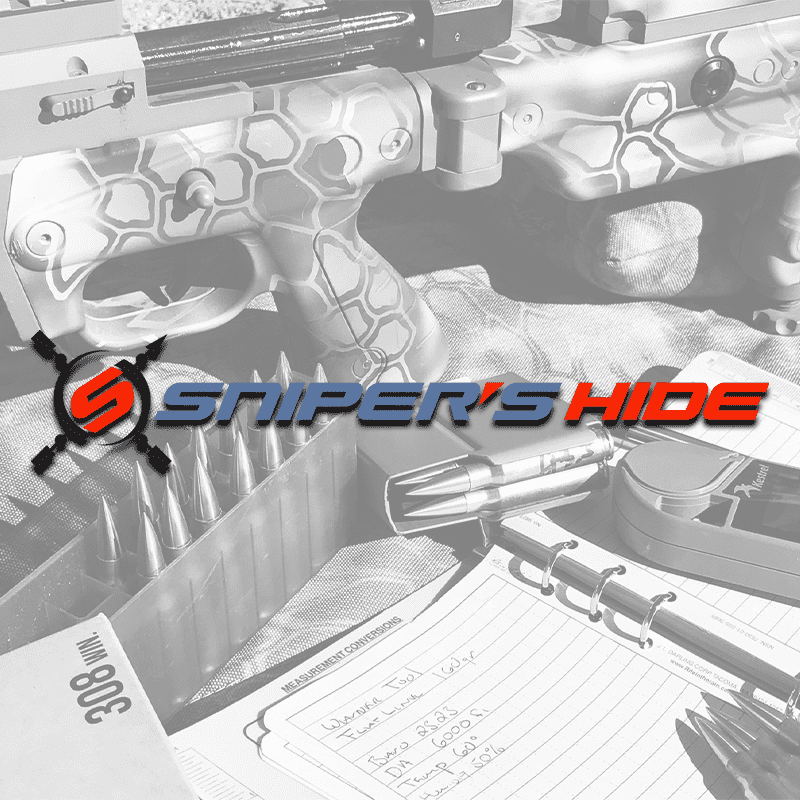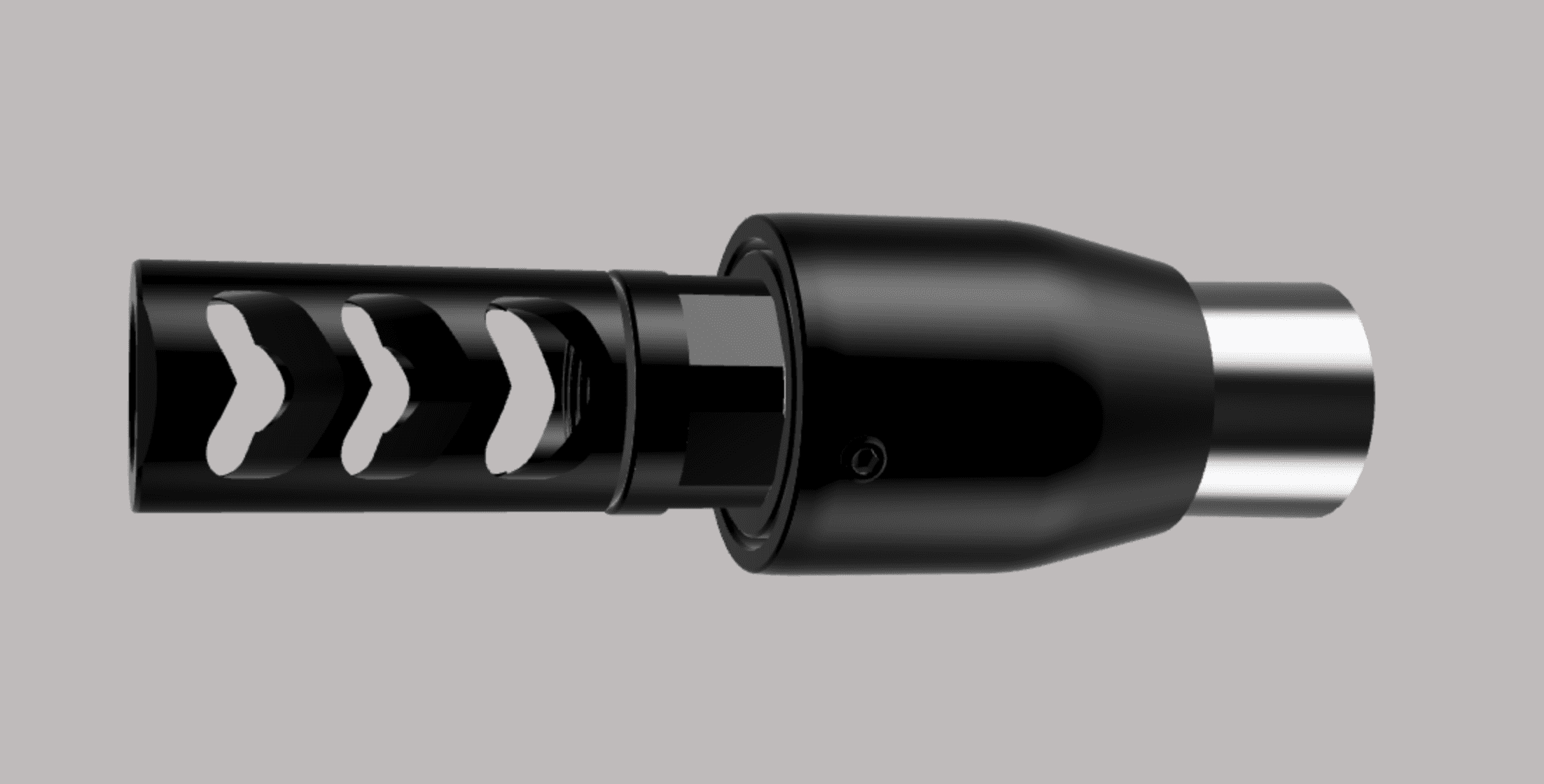Rich Coyle
Well-Known Member
You know, and I know this isn't practical, so I don't blame the investigator at all, but if you wanted to be rigorous about testing, you would grab 20 or so of each scope, cover them all with black cloth, so the tester doesn't know the brand name, and then test. Then show variability within each scope, and then compare with other scopes.
At the very least, though, the tester should not know which scope he is looking through.
You simply can't overcome operator bias, no matter how honest you are. That's why stuff is blinded in studies.
I had the chance to compare five Swarovski z 5 5-25X52 on an optics chart at 127 yards and low light on antlers at 131 yards. The first and the forth were noticeably better than the second and the third. Later a friend brought his z6 5-30X50. It was about like the second and third for glass and low light. The owner and I were very surprised.


